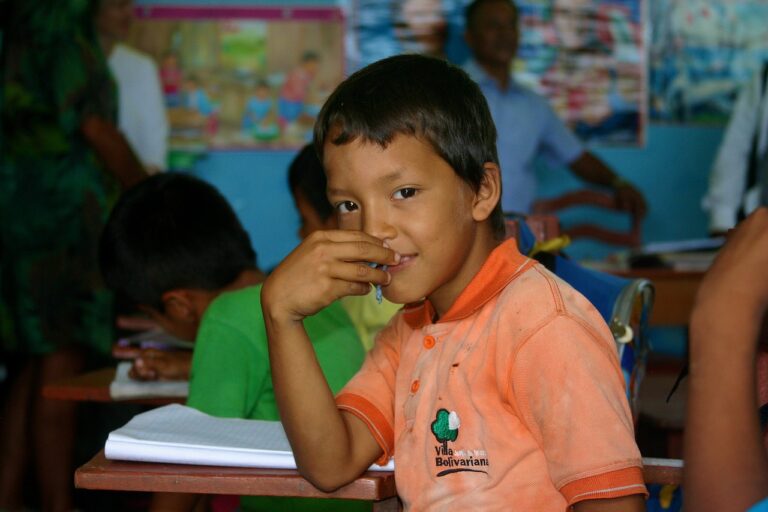Developing Strategies for Bullying Prevention
Parents and teachers play a crucial role in recognizing warning signs of bullying among children. Some common indicators include unexplained injuries, lost or destroyed belongings, sudden changes in mood or behavior, and reluctance to attend school or participate in social activities. It is essential to pay attention to any signs of withdrawal or fearfulness that may suggest a child is being targeted by bullies.
Additionally, frequent complaints of headaches, stomachaches, or other physical symptoms without any underlying medical cause can also point towards a child experiencing bullying. Changes in eating or sleeping patterns, difficulty concentrating, and a decline in academic performance may indicate that a child is struggling with the effects of being bullied. By staying vigilant and observant, adults can intervene early and provide support to help children navigate through such challenging situations.
Understanding the different types of bullying
Bullying can manifest in various forms, each with its own characteristics and impact on individuals. One common type is verbal bullying, which involves the use of hurtful words, insults, or taunting to belittle or intimidate others. This form of bullying can occur in person or through digital platforms, making it challenging for victims to escape the torment.
Another prevalent type of bullying is physical bullying, which involves acts of aggression such as hitting, pushing, or any form of physical harm. This form of bullying can have severe consequences on the victim’s physical and emotional well-being, often leading to feelings of fear and insecurity. It is crucial to recognize the different types of bullying to effectively address and prevent harm to those who may be experiencing such behavior.
What are the warning signs of bullying?
Some warning signs of bullying include frequent complaints of headaches or stomachaches, unexplained injuries, changes in eating or sleeping habits, avoidance of social situations, and a sudden drop in academic performance.
What are the different types of bullying?
The different types of bullying include verbal bullying (name-calling, teasing), physical bullying (hitting, pushing), social bullying (exclusion, spreading rumors), and cyberbullying (using technology to harass or harm others).
How can I help someone who is being bullied?
If you suspect someone is being bullied, it’s important to listen to them, offer support, and encourage them to speak up and seek help from a trusted adult or authority figure. It’s also important to report any incidents of bullying to prevent further harm.






